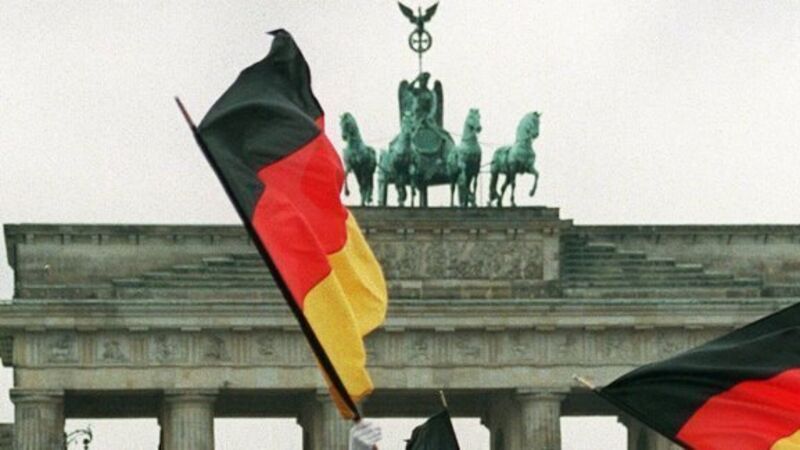German economy powers on

Europe’s largest economy expanded by 1.9% last year, a preliminary estimate from the country’s Federal Statistics Office showed yesterday, as an environment of low interest rates and a record influx of refugees fuel household and state spending.
These factors have compensated for weakening exports, long the pillar of an economy where manufacturing makes up about a fourth of output.
The statistics office said it estimated growth was around 0.5% for the fourth quarter after it halved to 0.2% in the July-September period. The Ifo institute said it forecasts a growth rate of 0.5% in the first quarter of this year.
“The German economy in 2016 once again defied an entire series of downside risks, thanks to strong domestic demand,” said ING economist Carsten Brzeski, adding that Germany’s biggest risk now is complacency.
A breakdown of the 2016 GDP figures showed private consumption rose by an adjusted 2% on the year, contributing 1.1 percentage points to the overall growth rate.
State spending jumped by 4.2%, adding 0.8 percentage points to the overall growth rate.
“This was the strongest increase in state consumption since 1992 following German reunification,” said Dieter Sarreither, head of the statistics office, adding that this was due to spending on refugees as well as increased pension entitlements.
Economists expect the growth momentum to continue this year, although most forecasts point to a weaker expansion due to calendar effects.
“Taking a glimpse into 2017, the German economy remains fundamentally in good shape,” said UniCredit’s Andreas Rees.
“The growth drivers will change somewhat, since there will be a (moderate) shift from domestic demand to stronger export activity,” said Mr Rees. He expects growth of 1.5% this year.
The German economy ministry said incoming orders and sentiment indicators point to solid growth in production and a good start for this year.
“Overall, the picture of a solid, strong, domestically driven economy remains,” it said.
Despite the optimism, economists and industry leaders warn that risks remain. Rising inflation, fuelled mainly by higher oil prices, is expected to eat into the purchasing powers of Germans this year, restraining the growth impetus from consumption.
Still, the German GDP data reinforces expectations that eurozone growth, which stood at 0.3% in the second and third quarter of last year, accelerated in the last quarter.
— Reuters













